 |
| English: Vishnu, Changu Narayan Deutsch: Vishnu, Changu Narayan (Photo credit: Wikipedia) |
 |
| Deutsch: changu narayan (Photo credit: Wikipedia) |
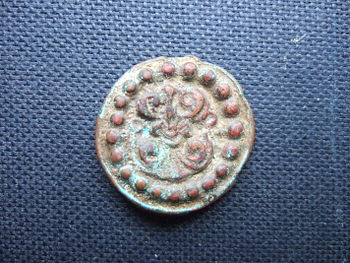 |
| English: Copper coin of Jishnu Gupta (Licchavi period - Nepal), reverse (Photo credit: Wikipedia) |
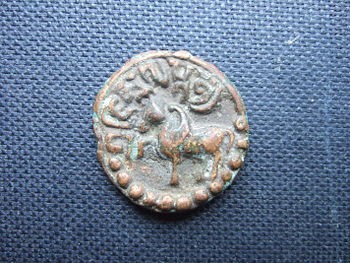 |
| English: Copper coin of Jishnu Gupta (Licchavi period - Nepal), obverse (Photo credit: Wikipedia) |
 |
| English: Vishnu Vishvarupa - 9th century Changu Narayan Deutsch: Vishnu Vishvarupa - 9. Jh. Changu Narayan (Photo credit: Wikipedia) |
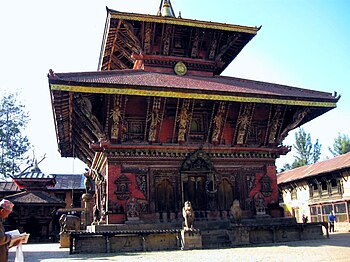 |
| English: Changu Narayan temple in Bhaktapur, Nepal (Photo credit: Wikipedia) |
हामी अहिले खस काल मा रहेछौं। पृथ्वी नारायण, जंग बहादुर, महेंद्र, बीपी, जीपी, केपी, प्रचंड सब खस। लोकतंत्र गणतंत्र केही होइन।
Licchavi Era
Licchavi era, (c. 450–c. 750 ce) in Nepal, the period of rule by the Licchavi dynasty. The dynasty originated in India, used Sanskrit as a court language, and issued Indian-style coins. It maintained close ties to India and also had economic and political relations with Tibet, thus becoming a cultural centre linking central and southern Asia. The era ended when Amsuvarman founded the Thakuri dynasty in the mid-8th century.
Licchavi (kingdom)
Licchavi (also Lichchhavi, Lichavi) was an ancient kingdom in Nepal, which existed in the Kathmandu Valley from approximately 400 to 750 CE. Centuries earlier, at the start of the Buddhist era a powerful republic known as Licchavi existed in what is today Kathmandu. There is no conclusive evidence of any ethnic or historic links between the two states. The language of Licchavi inscriptions is Sanskrit, and the particular script used is closely related to official Gupta scripts, suggesting that the other major kingdoms of the Classical Period to the south were a significant cultural influence. This was likely through Mithila - the northern part of modern Bihar, India. .... It is believed that the Lichhavi, having lost their political fortune in India, came to Nepal, attacking and defeating the last Kirat King Gasti. ...... The Licchavi were ruled by a Maharaja ("great king"), who was aided by a prime minister, in charge of the military and of other ministers. Nobles, known as samanta influenced the court whilst simultaneously managing their own landholdings and militia. At one point, between approximately 605 and 641, a prime minister called Amsuvarman actually assumed the throne. The population provided land taxes and conscript labour (vishti) to support the government. Most local administration was performed by village heads or leading families.
Why is the Licchavi period known as the "Golden Period" in the history of Nepal?
Archaeological remains suggest that areas of Nepal have been inhabited for more than 10,000 years. Nepal's recorded history began with the Kirats, who arrived in the 7th or 8th century BC from the east. Little is known about them, other than their deftness as sheep farmers and fondness for carrying long knives. It was during this period that Buddhism first came to the country; indeed it is claimed that Buddha and his disciple Ananda visited the Kathmandu Valley and stayed for a time in Patan. ........ By 200 AD, Buddhism had waned, and was replaced by Hinduism, brought by the Licchavis, who invaded from northern India and overthrew the last Kirati king. The Hindus also introduced the caste system (which still continues today) and ushered in a classical age of Nepalese art and architecture. The Vamshavalis or chronicles, the oldest of which was written during the 14th century, are the only fairly reliable basis for Nepal's ancient history. The Vamshavalis mention the rule of several dynasties the Gopalas, the Abhiras and the Kiratas -- over a stretch of centuries. The documented history of Nepal begins with the Changu Narayan temple inscription of King Manadeva I (C 464-505 A.D.) of the Lichavi dynasty......... The Lichavis are said to have migrated into Nepal from north India in around 250 A.D. The first Lichavi king of historical importance was Manadeva I. Another important Lichavi monarch was Anshuverma who opened trade routes to Tibet. One of his daughters, Bhrikuti, who was married to Tibetan ruler Tsrong-tsong Gompo, was instrumental in spreading the Gospel of the Buddha in Tibet and China. Anshuverma has been referred to as a man of many talents in the accounts of the Chinese traveler Huen Tsang, who had visited South Asia in the 7th century AD........ Narendradeval another Lichavi king, initiated friendly relations with China and his successors laid the foundations of friendship with South Asian nations by entering into matrimonial alliances with the Royal families. The Lichchhavi rule spanned over a period of about 630 years, the last ruler being Jayakamadeva....... The written history and existing monuments show that the Lichhavis were the pioneers who introduced the pagoda style of architecture in the Valley. Lichhavi King Mandev, who built the famous Changu Narayan temple, 13 kilometers east of Kathmandu, laid the foundation of Kathmandu’s architecture and much of its culture. The writings of Chinese scholars who visited the valley in the 7th century recorded a well-built town and settlements, describing Pashupatinath Temple, the beautiful palaces and other major buildings. ...... During the rule of another Lichhavi ruler, Amsuvarma, in the 7th century, Nepal established contact with Tibet. This increased the frequencies of contact with the people living beyond the Himalayas, and their influence was felt in the architecture as well. In between the Lichhavi rulers and the rise of the Malla dynasty in the middle of 14th century, the Valley saw many dynasties who carried on developing the city in their own ways............ 1) Lichivis were originated from east India, Baisali. They introduced democratic kingship in Nepal




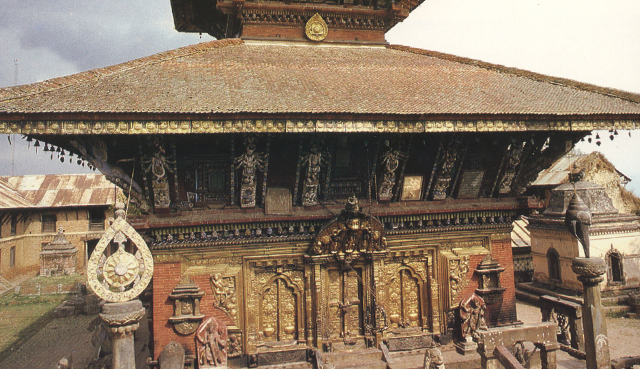










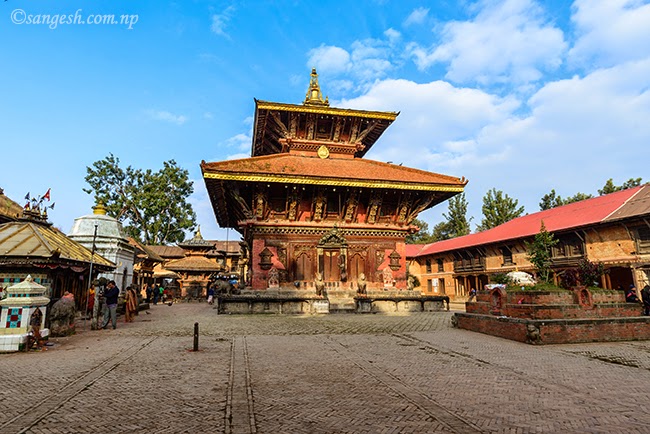

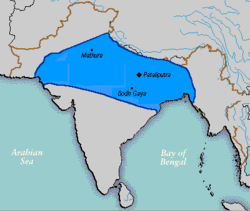

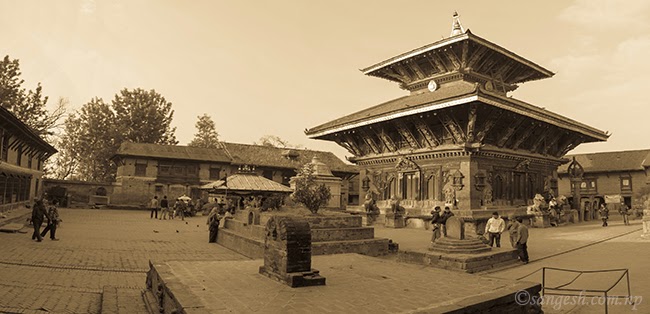





























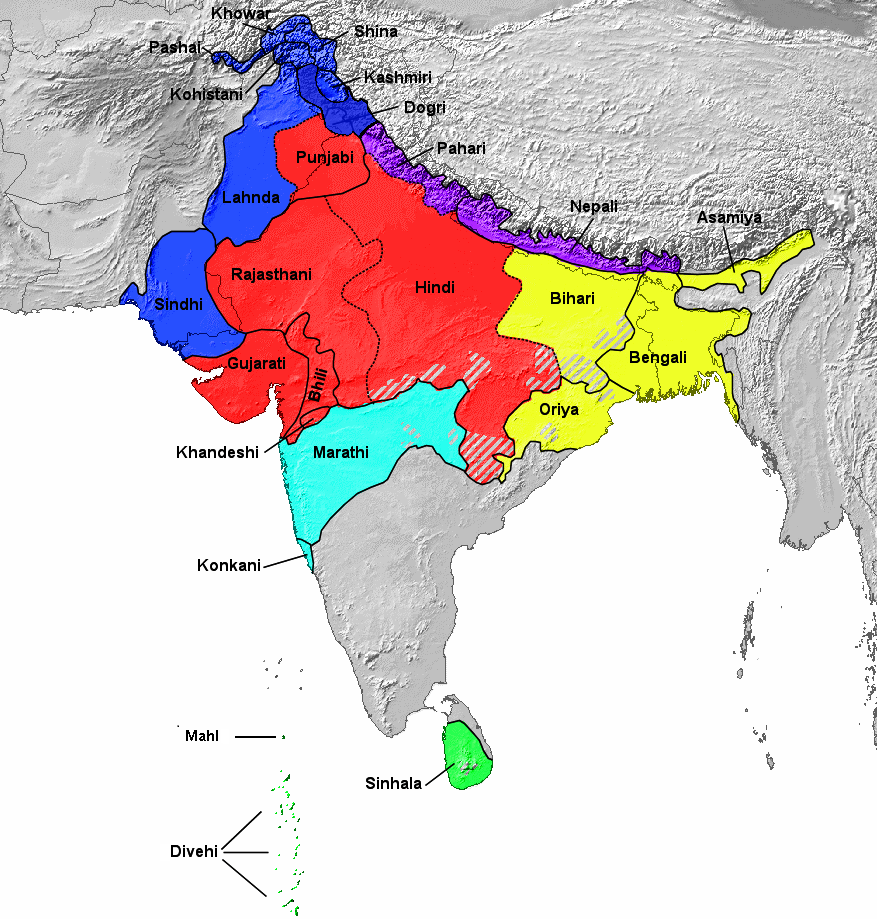

















































No comments:
Post a Comment